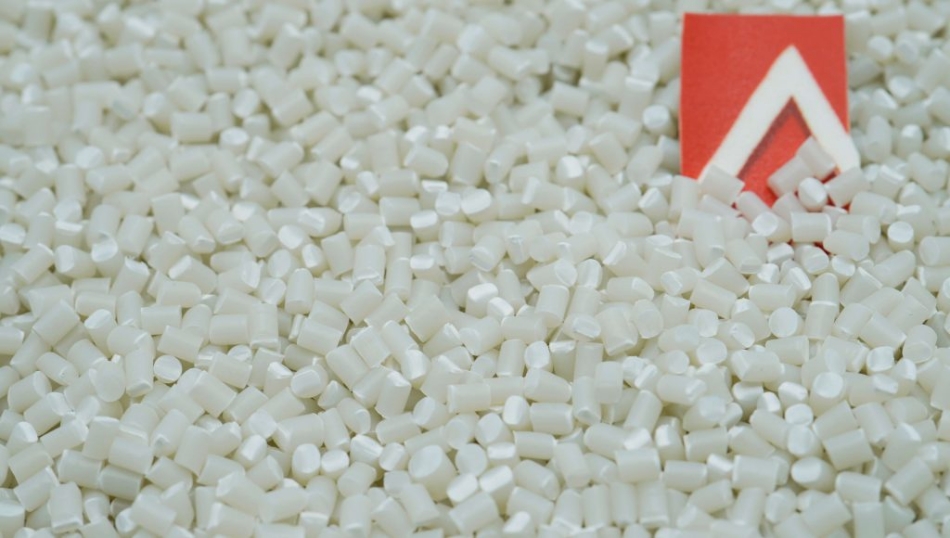
Anti-blocking agents roughen the surface of the film to create a spacing effect.
Self-adhesion is an undesirable situation when using LLDPE and LDPE film.
Anti-blocking additives like other plastic raw materials are melted into the thermoplastics directly or in use of a masterbatch.
Therefore, an anti-blocking additive is developed to make a slight surface roughness. By doing so, the additive prevents the film from sticking to itself.
Daily use items such as grocery bags, shipping bags and a lot of packaging applications are incorporating antiblocking agents and slip agents into PE films.
LLDPE and LDPE are the 2 most common polymers extruded into a film. HDPE is also common, but it is being used less than LLDPE and LDPE.
Read more: What are plastic additives? 8 most common plastic additives in plastic industry
1. Why use PE resins in film packaging?
Well, simply because PE resins are low cost and weight, high toughness, and have many optical properties.
4 criteria are used in the selection of an antiblocking agent, as shown in the infographic below:

The inorganic materials dominate the antiblocking agents market.
The four major types of antiblocking agents are:
- Diatomaceous earth
- Talc
- Calcium carbonate
- Synthetic silicas and silicates
A majority of inorganic additives suppliers provide the market with fillers and extenders as their primary additive products. Those additives can also be used as antiblocking agents in PE films. However, only a few filler and extender suppliers promote their products for this end use.
2. Slip agents
Slip agents or slip additives are the terms used by industry for those modifiers that impart a reduced coefficient of friction to the surface of finished products.
Slip agents can significantly improve the handling qualities of polyolefins and, to a lesser extent, PVC, in film and bag applications. They help speed up film production and ensure final product quality.
Fatty acid amides, the primary chemical type used as slip agents, are similar to migratory antistatic agents and some lubricants with a molecule which has both a polar and non- polar portion.
These additives migrate to the surface and form a very thin molecular layer that reduces surface friction.
Slip agents are typically employed in applications where surface lubrication is desired—either during or immediately after processing. To accomplish this, the materials must exude quickly to the surface of the film.
To function properly they should have only limited compatibility with the resin. Slip agents, in addition to lowering surface friction, can also impart the following characteristics:
- Lower surface resistivity (antistatic properties)
- Reduce melt viscosity
- Mold release
Slip agents are often referred to as lubricants. However, they should not be confused with the lubricants which act as processing aids.
While most slip agents can be used as lubricants, many lubricants cannot be used as slip agents since they do not always function externally.
The major types of slip agents include:
- Fatty acid amides (primarily erucamide and oleamide s Fatty acid esters
- Metallic stearates
- Waxes
- Proprietary amide blends
Antiblock and slip agents can be incorporated together using combination masterbatches which give the film extruder greater formulation control.
3. Suppliers
Because of the different chemical composition of anti-blocking and slip agents, few companies are involved in both. A few of Vietnam’s companies fully developed anti-blocking and slip agents listed below.